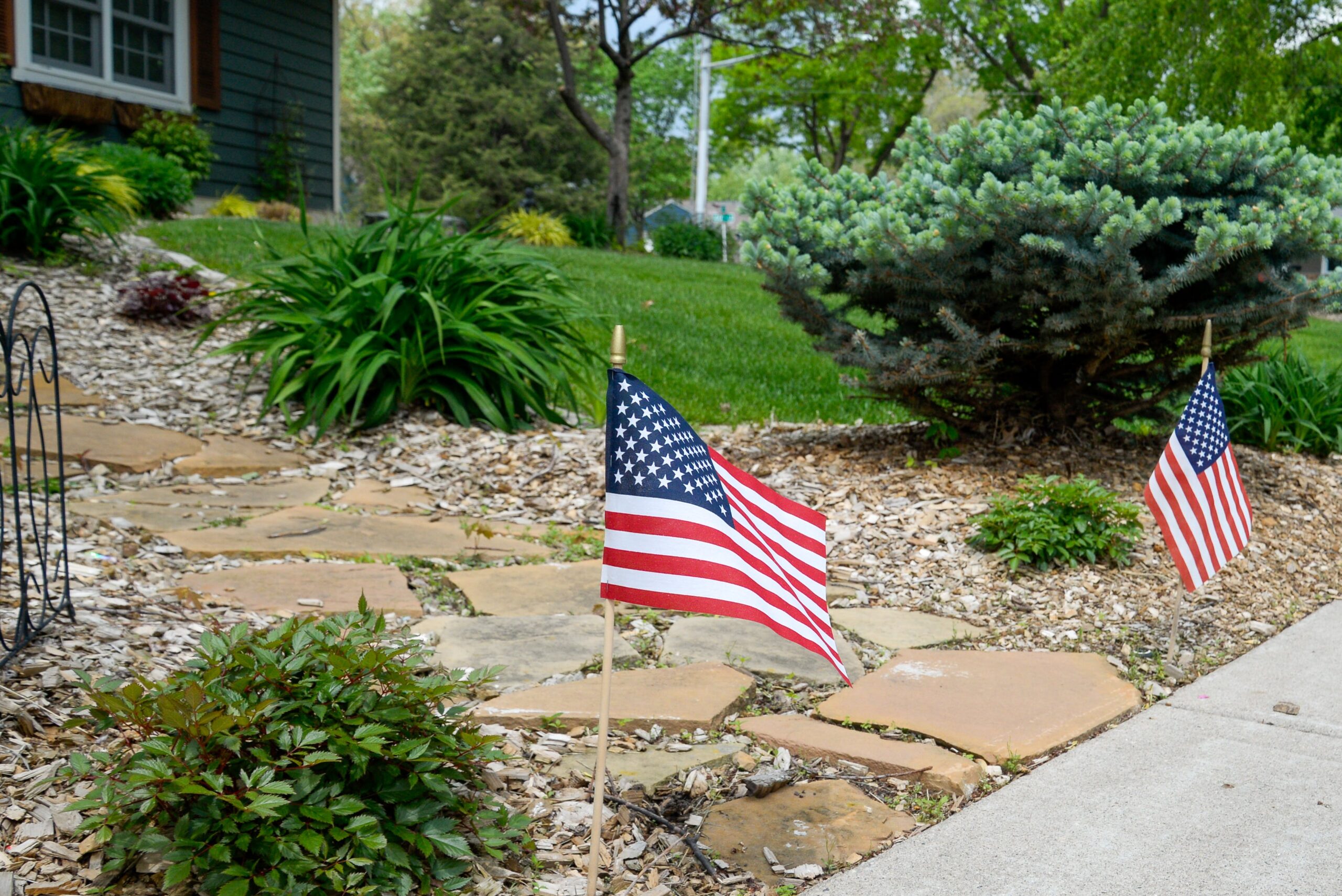In the intricate web of checks and balances that define the United States government, the power of the presidential veto stands as a formidable force. The ability of the Commander-in-Chief to reject legislation passed by Congress is a crucial aspect of the nation’s democratic framework. However, the deployment of this veto power has not been without its fair share of challenges and controversies. As we delve into the complexities of this constitutional prerogative, it becomes evident that the veto power is not a simple act of obstruction but a nuanced tool that shapes the trajectory of American governance.
The Constitutional Blueprint:
The roots of the presidential veto can be traced back to the drafting of the United States Constitution in 1787. The framers, cognizant of the need to prevent the tyranny of one branch over the others, established a system where each branch could act as a check on the powers of the other two. The presidential veto, enshrined in Article I, Section 7, grants the President the authority to reject a bill passed by Congress. This provision was intended to maintain a delicate balance, ensuring that legislation would require broad consensus and preventing the overreach of any single branch.
Challenges in the Legislative Landscape:
One of the foremost challenges associated with the presidential veto is its potential to disrupt the legislative process. While designed as a safeguard against hasty or ill-considered legislation, the veto can also be wielded as a potent political weapon. Presidents may use this power strategically, either to block policies contrary to their agenda or to force Congress into renegotiating specific provisions.
In recent years, the polarization of American politics has heightened the frequency and intensity of veto battles. With Congress often divided along partisan lines, the veto power has become a focal point of contention. This raises concerns about the efficiency and efficacy of the legislative process, as bills can be subject to gridlock, hindering the government’s ability to address pressing issues.
Controversies in Executive Power:
The use of the presidential veto is not solely a matter of legislative dynamics; it also raises questions about the scope of executive power. Critics argue that the unchecked exercise of the veto can lead to an imbalance, concentrating too much authority in the hands of the President. The potential abuse of this power to serve political interests rather than the public good poses a challenge to the foundational principles of American democracy.
Furthermore, debates persist about the constitutional intent behind the presidential veto. Is it a tool for the President to protect the nation from unwise legislation, or does it risk becoming a tool for executive overreach? Striking the right balance between a robust executive and a functional legislature remains an ongoing challenge in the evolution of American governance.
Navigating the Future:
As the United States grapples with evolving political landscapes and complex challenges, the role of the presidential veto continues to be a subject of scrutiny. Striking the delicate balance between executive authority and legislative efficacy is an ongoing process that demands thoughtful consideration. Perhaps the future lies in fostering a spirit of bipartisan cooperation, where the presidential veto becomes a tool of last resort rather than a routine feature of the legislative landscape.
In conclusion, the presidential veto power, deeply rooted in the constitutional framework of the United States, embodies both the strengths and vulnerabilities of the nation’s governance system. Navigating the challenges and controversies surrounding this authority requires a nuanced understanding of its historical context and a commitment to preserving the delicate equilibrium envisioned by the framers. As the USA continues to evolve, the judicious use of the presidential veto will play a pivotal role in shaping the nation’s path forward.













Recent Comments